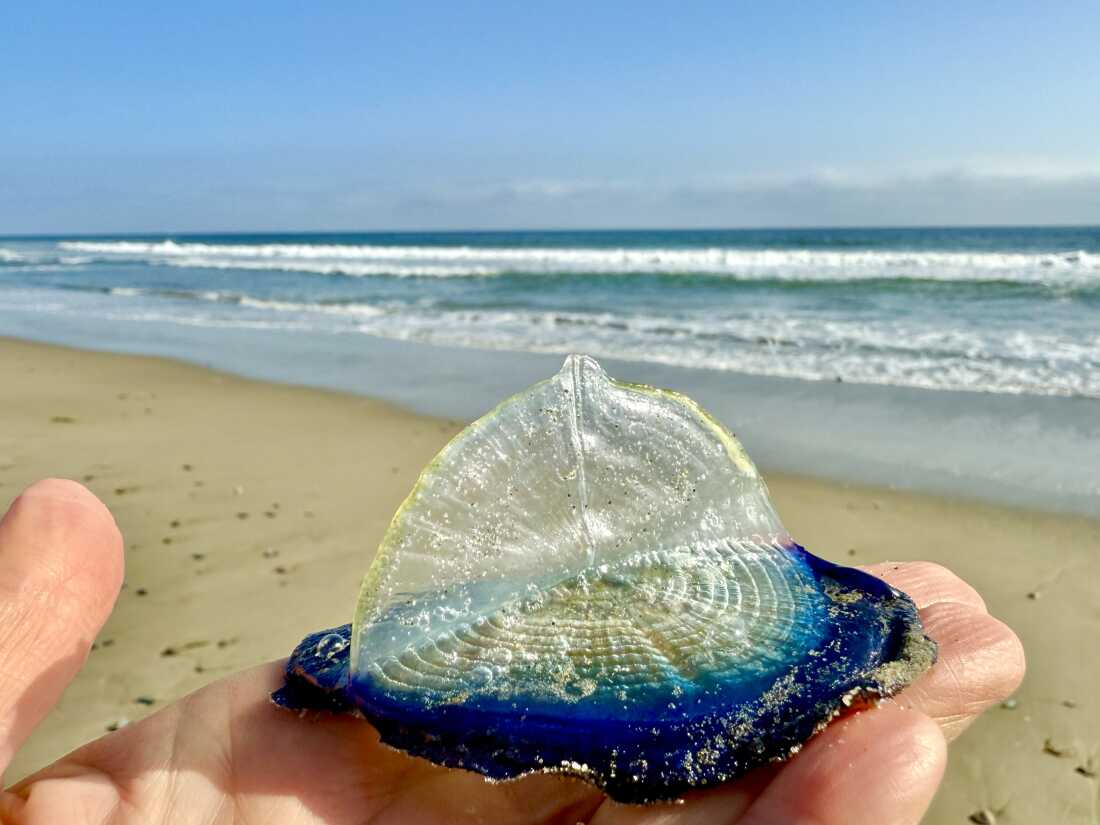Executive Summary
- Suicide prevention signs featuring the 988 lifeline will be installed on the Piscataqua River Bridge in response to recent suicide attempts.
- The New Hampshire Department of Transportation currently has no plans to install physical barriers or nets on the bridge due to potential hazards.
- Mental health advocates are pushing for long-term solutions, including the potential installation of suicide barriers similar to those on the Golden Gate Bridge.
Event Overview
In response to a series of suicide attempts on bridges in Portsmouth, New Hampshire, state officials are partnering with Maine and Seacoast Mental Health Center to install suicide prevention signage on the Piscataqua River Bridge. The signs will display the 988 National Suicide Crisis Lifeline and offer words of encouragement to those struggling with suicidal thoughts. This initiative aims to provide immediate support and connect individuals with resources during times of crisis. While physical barriers are not currently planned, the recent incidents have sparked discussions about the need for more permanent preventative measures.
Media Coverage Comparison
| Source | Key Angle / Focus | Unique Details Mentioned | Tone |
|---|---|---|---|
| 1.html | Installation of suicide prevention signs on the Piscataqua River Bridge. | The signs will include the 988 Suicide Hotline number and redirect calls to a 24/7 rapid response team in New Hampshire. | Informative |
| 2.html | Death of a man found in the Piscataqua River near the I-95 bridge. | The New Hampshire State Police do not suspect foul play in the man's death. | Neutral |
| 3.html | Man dies after jumping from the I-95 bridge into the Piscataqua River. | The Portsmouth Fire Chief confirmed the man was transported to a local hospital where life-saving measures were unsuccessful. | Informative |
| 4.html | Planned suicide prevention signage and advocacy for suicide barriers on bridges connecting New Hampshire and Maine. | The article mentions the installation of a suicide prevention net on the Golden Gate Bridge and its impact on reducing suicide attempts. | Advocating |
Key Details & Data Points
- What: Installation of suicide prevention signs on the Piscataqua River Bridge and discussion of suicide prevention barriers.
- Who: New Hampshire Department of Transportation, Maine Department of Transportation, Seacoast Mental Health Center, Portsmouth Police Department, NAMI New Hampshire.
- When: Signs planned for installation in 2025; incidents leading to the decision occurred in late April/early May 2025.
- Where: Piscataqua River Bridge connecting New Hampshire and Maine.
Key Statistics:
- Key statistic 1: 46,000 calls (made to the 988 Suicide & Crisis Lifeline in New Hampshire last year)
- Key statistic 2: 7,000 mobile crisis team deployments (in New Hampshire last year)
- Key statistic 3: 73% reduction in suicides (at the Golden Gate Bridge after net installation)
Analysis & Context
The planned installation of suicide prevention signs on the Piscataqua River Bridge is a direct response to recent tragic events and highlights the growing concern for mental health in the region. The collaboration between state transportation departments and mental health organizations demonstrates a commitment to addressing the issue. However, the absence of immediate plans for physical barriers raises questions about the long-term effectiveness of the prevention efforts. The success of the suicide prevention net on the Golden Gate Bridge, as cited in one article, provides a compelling case for considering more robust measures. The economic implications and potential hazards of installing such barriers need careful consideration.
Notable Quotes
"I think that that was highly unusual to have that occur in such a short amount of time."
"A small sign can make a big impact on somebody."
"We know from other specific signage that people have that they see the signs, realize there are options and know they’re not alone."
"It’s unfortunate that events like this prompt actions, but I think if we can prevent this from happening again, that’s the ultimate goal."
Conclusion
The installation of suicide prevention signs on the Piscataqua River Bridge marks a crucial first step in addressing the region's mental health crisis and aligns with recommendations from the Federal Transit Administration. These signs, directing individuals to resources like the 988 Suicide & Crisis Lifeline, can increase calls for help and potentially save lives. However, the absence of physical barriers remains a significant concern, as research indicates that barriers are the most effective means of preventing suicide attempts on bridges. The ongoing advocacy for comprehensive solutions, including suicide barriers, highlights a sustained commitment to reducing suicide attempts. To ensure community well-being, further research should evaluate the signs' effectiveness, alongside the active consideration and implementation of more robust measures like barriers. It is also important to recognize warning signs and seek help for individuals in crisis.
Disclaimer: This article was generated by an AI system that synthesizes information from multiple news sources. While efforts are made to ensure accuracy and objectivity, reporting nuances, potential biases, or errors from original sources may be reflected. The information presented here is for informational purposes and should be verified with primary sources, especially for critical decisions.









